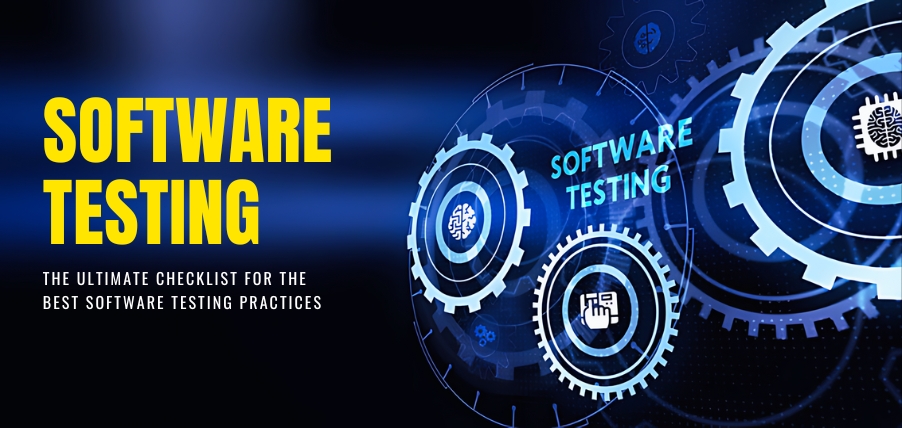Glenford J. Myers, was the pioneer who initiated the concept that ‘testing is an activity focused on finding defects’. It began a series of discussions, and finally, in 1981 and 988 Gelperin and William C. Hetzel respectively defined the constitution—the goals & phases of software testing as an independent activity. Thereafter, testing became one of the most sought after career options.
Learning software testing from the best software training centre can always be a good option to start a career in IT.
What is Software Testing ?
Software Testing is a method to check whether the actual software product matches expected requirements and ensure that the software product is defect-free or not. The crucial purpose of software testing is to identify errors and gaps- missing requirements, defects, or other technical issues in contrast to actual requirements.
Software testing is not a very easy task. It requires several skills, and the one who needs to test software should test with a broad mind. A tester needs to test the product to make sure that it is going to fit in the market. But, somewhere, if you are starting your career, then at that moment only, it is somewhere easy for you, as you just have to find bugs at the time. But as time passes, you’ll conduct automated and manual tests to ensure the software created by developers is fit for purpose. Assessing code is one part of the role of a software tester. To kickstart your career in software testing, become a part of Srishti Campus, a popular software training center in Trivandrum.
A Brief Outlook of Software Testing!
1. Types of testing
- Manual testing: Testers manually execute test cases without automation tools.
- Automated testing: Uses tools and scripts to automatically run test cases, increasing efficiency, especially for repetitive tasks.
2. Testing approaches
- White Box testing: Focuses on the internal structure and logic of the code.
- Black Box testing: Evaluates the software’s functionality without looking at the internal code structure.
- Grey Box Testing: Combines white and black box testing elements, offering a more comprehensive approach.
3. Functional vs. Non-Functional testing
- Functional testing: Assesses specific functions or features of the software.
- Non-Functional testing: Evaluates performance, usability, reliability, etc.
4. Stages of testing
- Unit testing: Testing individual components or units.
- Integration testing: Testing combined application parts to ensure they work together.
- System testing: Testing the complete and integrated software.
- Acceptance testing: Final testing to ensure the software meets user requirements.
Software testing plays an important role in the development lifecycle by ensuring that applications perform as intended and meet user expectations. This involves rigorous testing to uncover defects, validate functionality, and ensure compliance with specific requirements. Advancements in testing methods and tools, exemplified by innovations used by organizations such as Global App Testing (GAT), have significantly enhanced this process. If you are interested join the training center of Software Testing be sure to check out the best Software Training institute in India. Currently, the Srishti campus is the best training center in Kerala for all programming languages.
